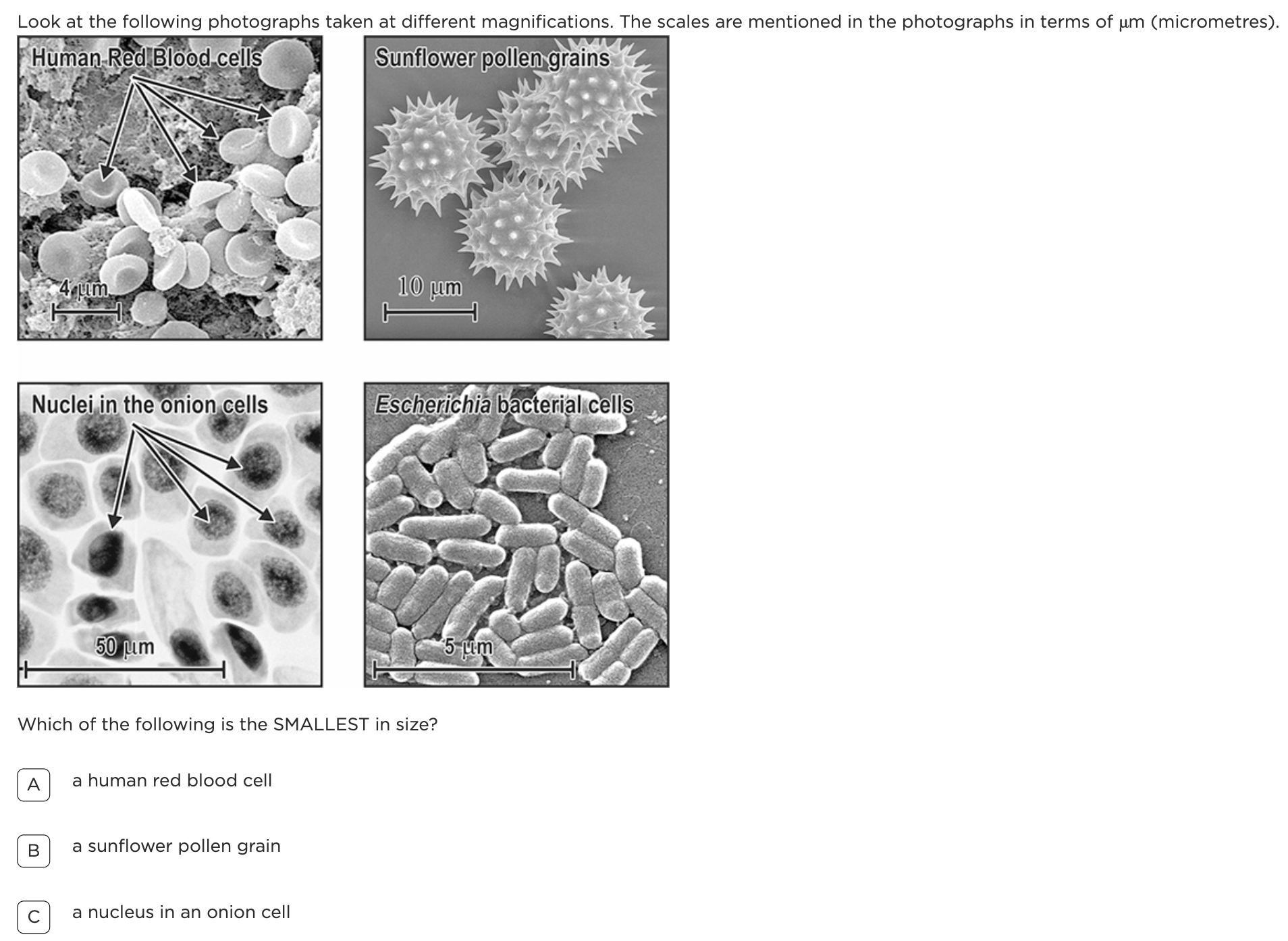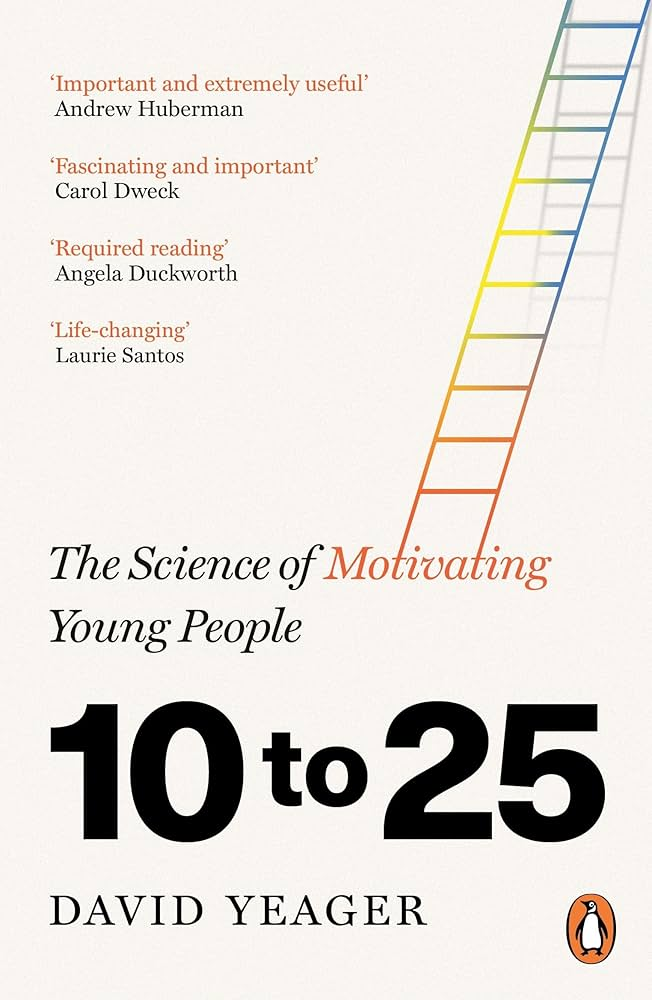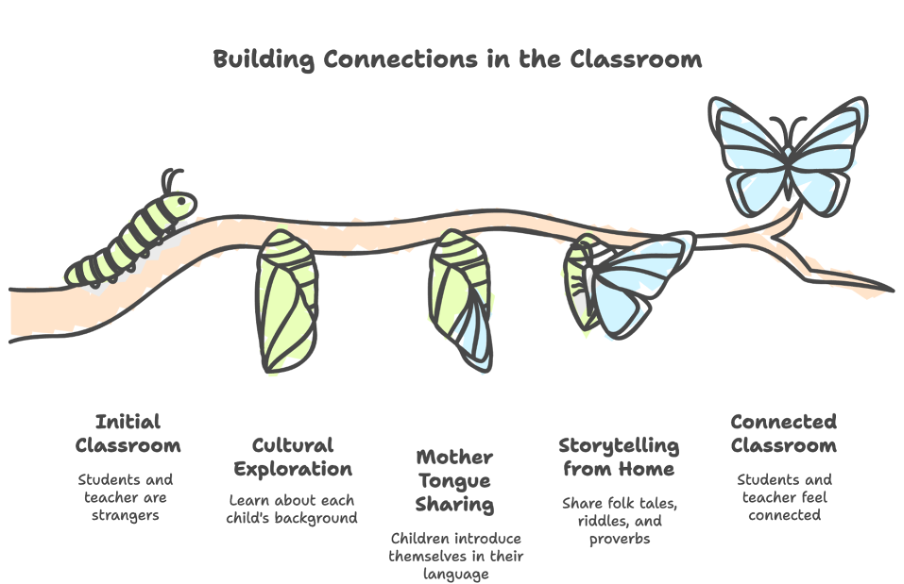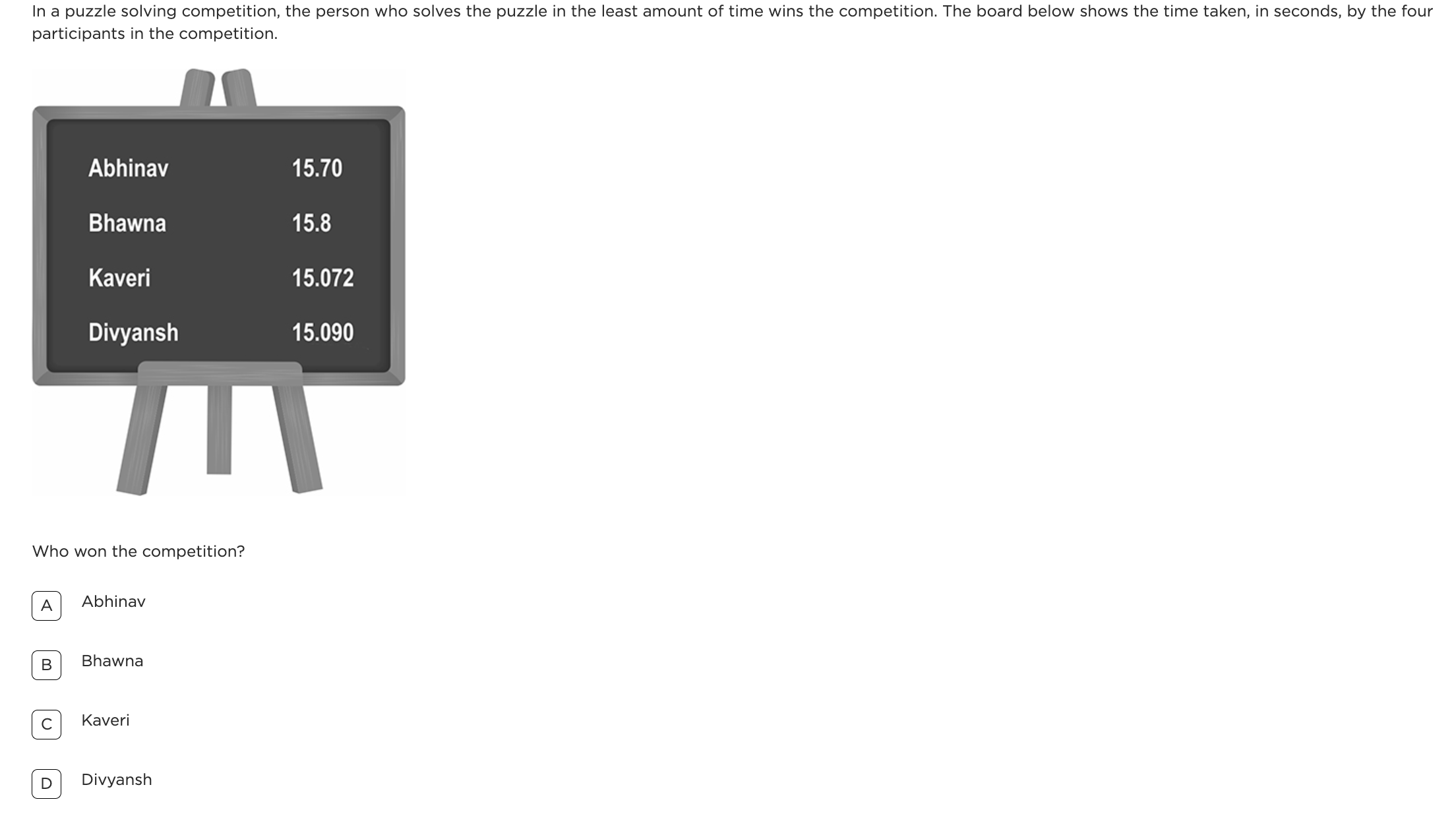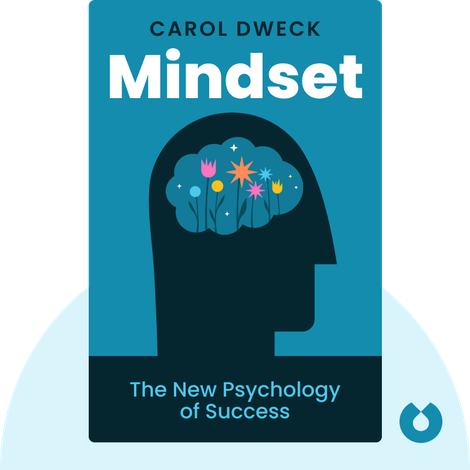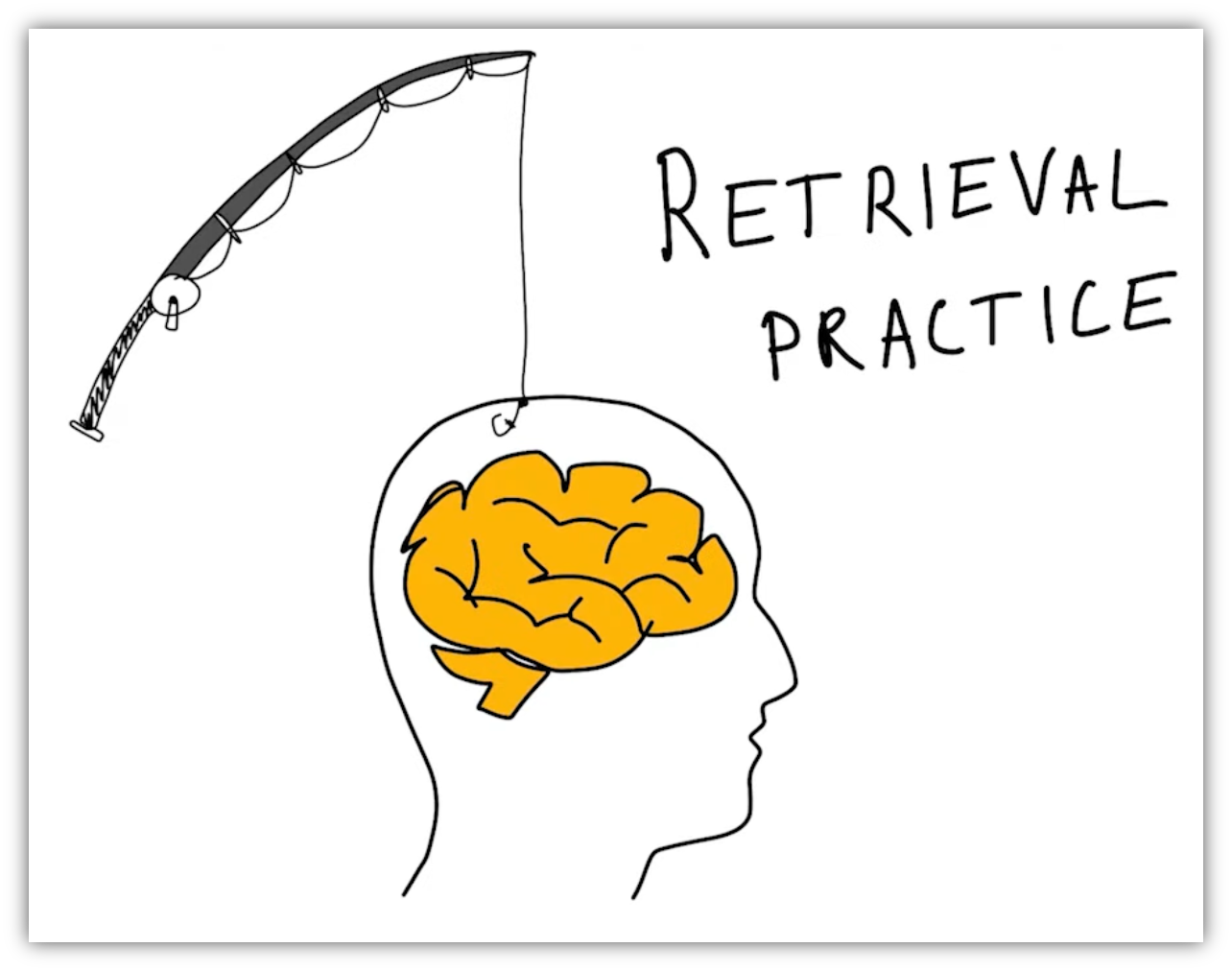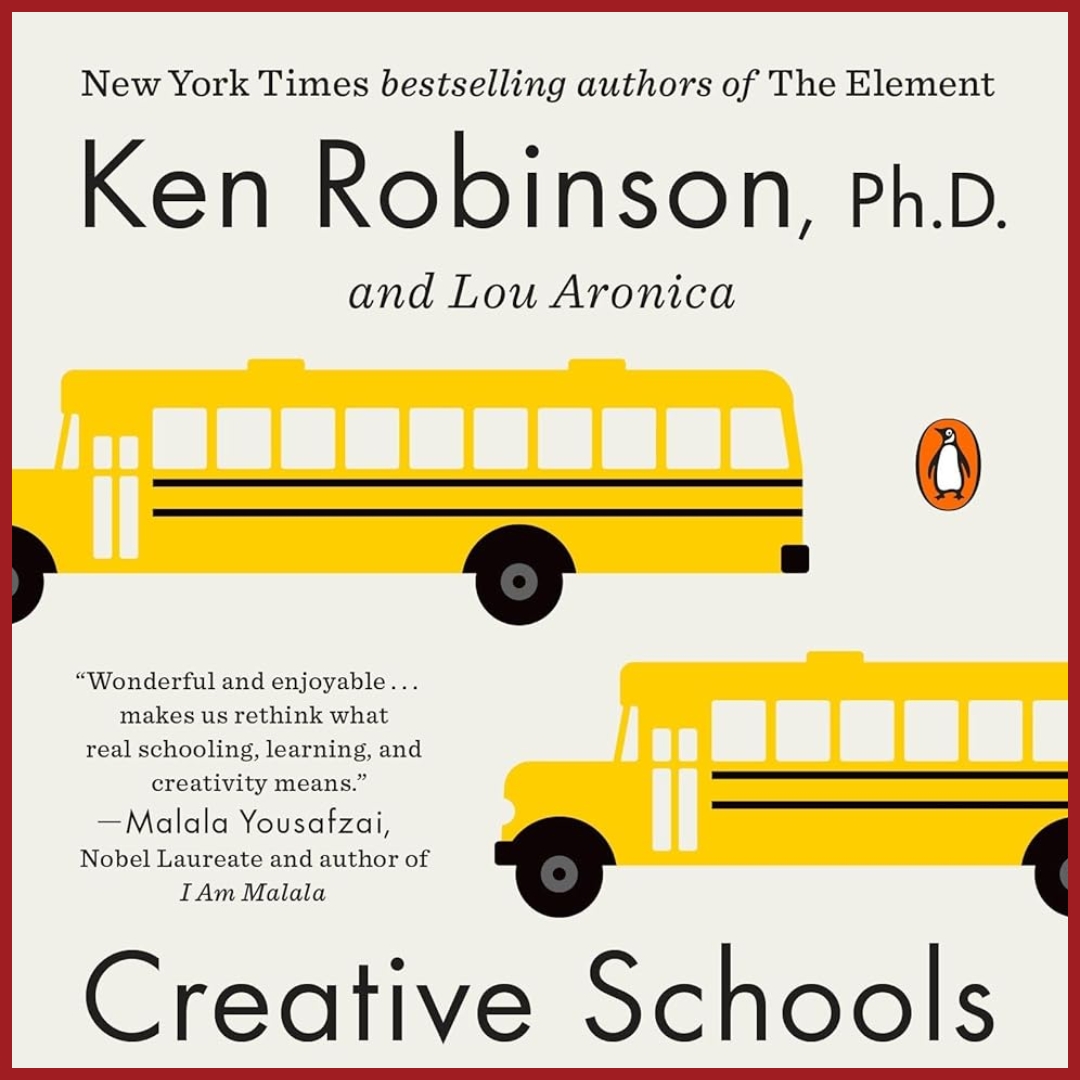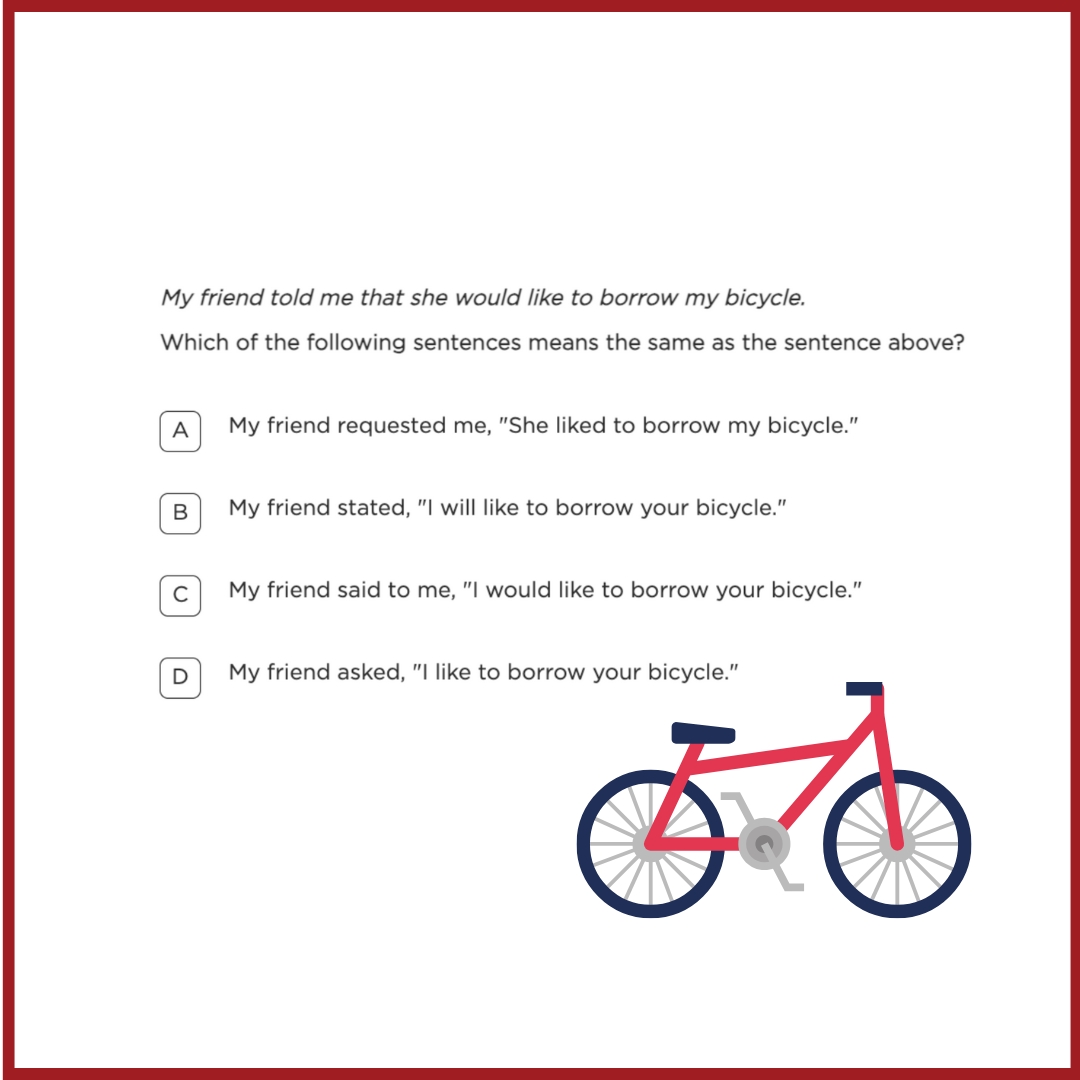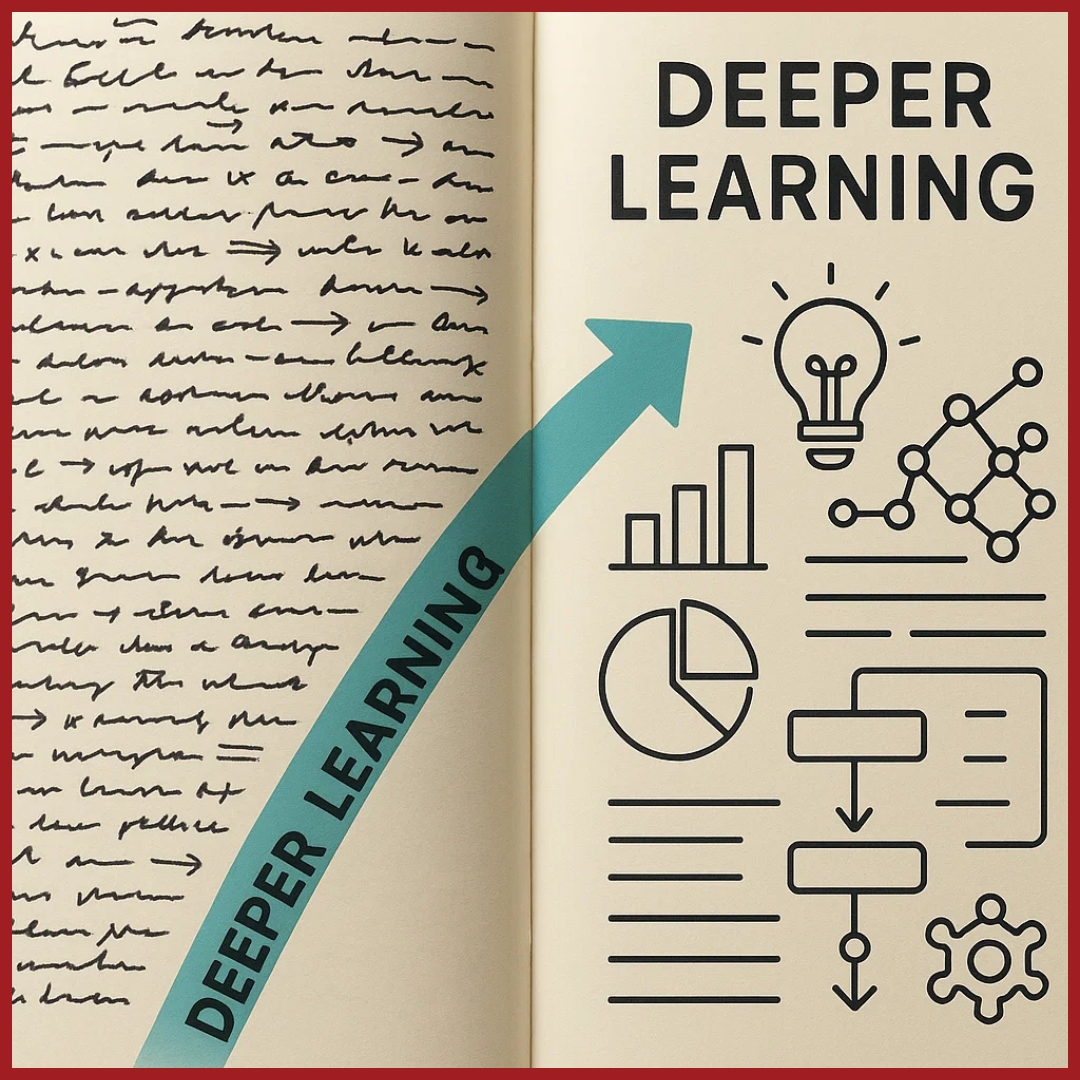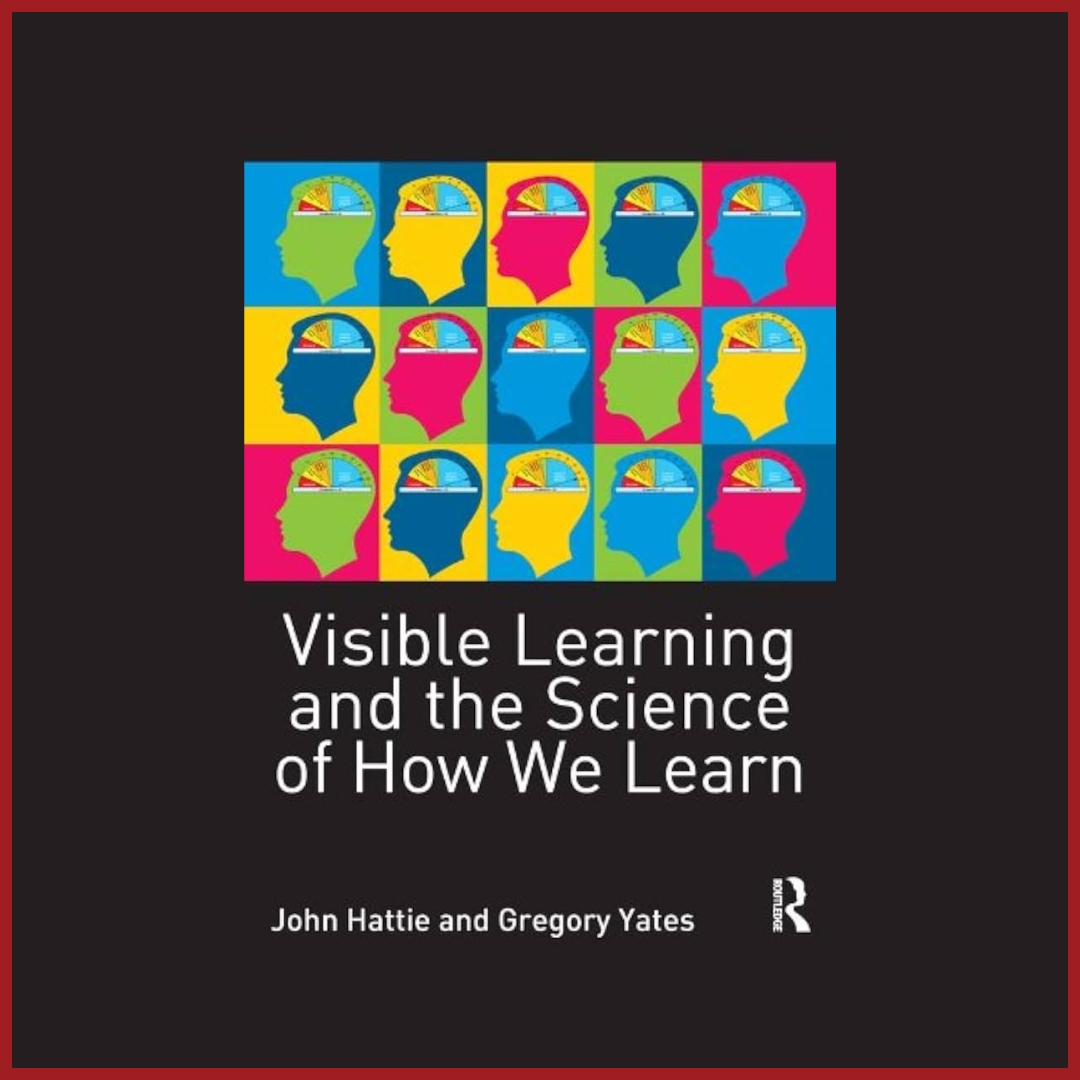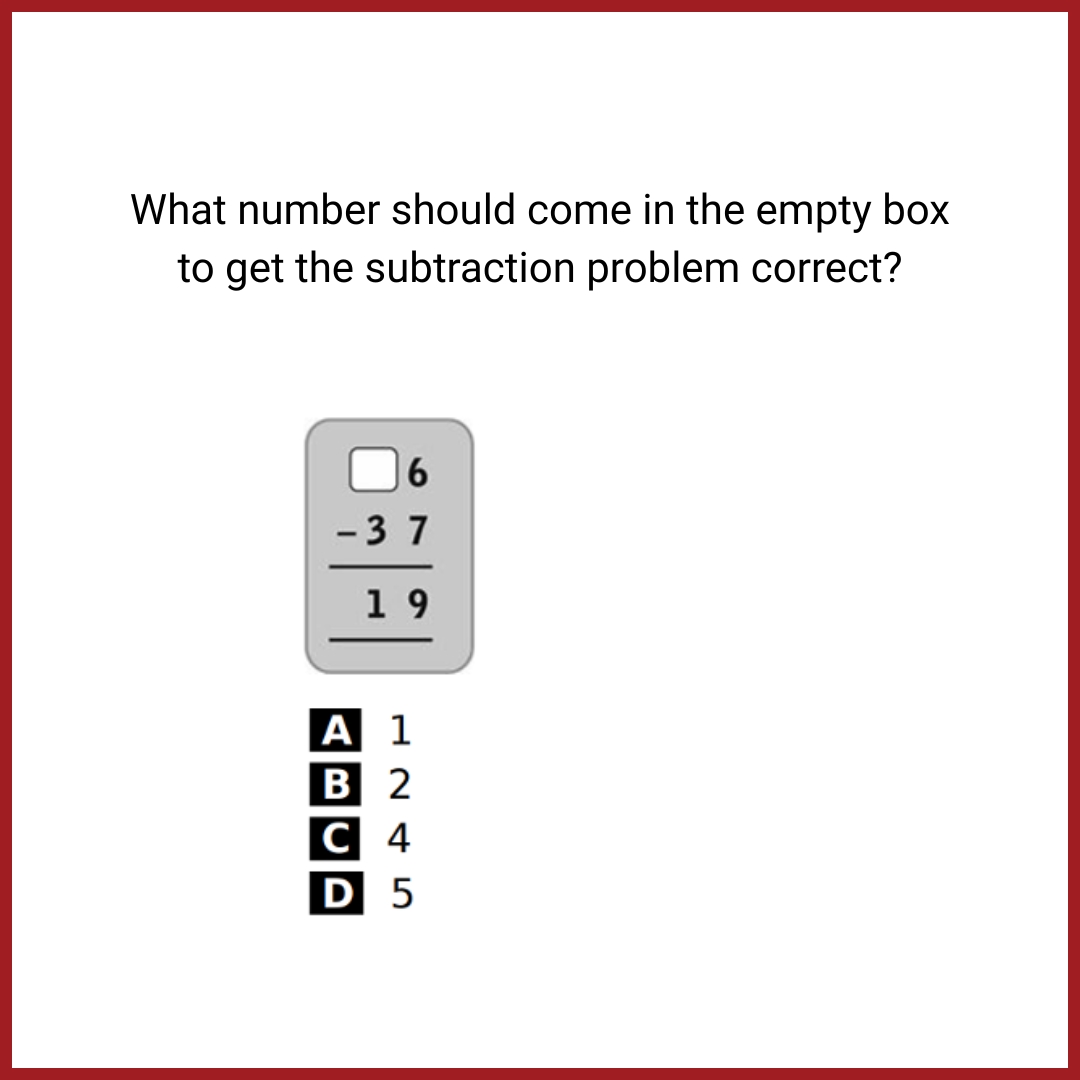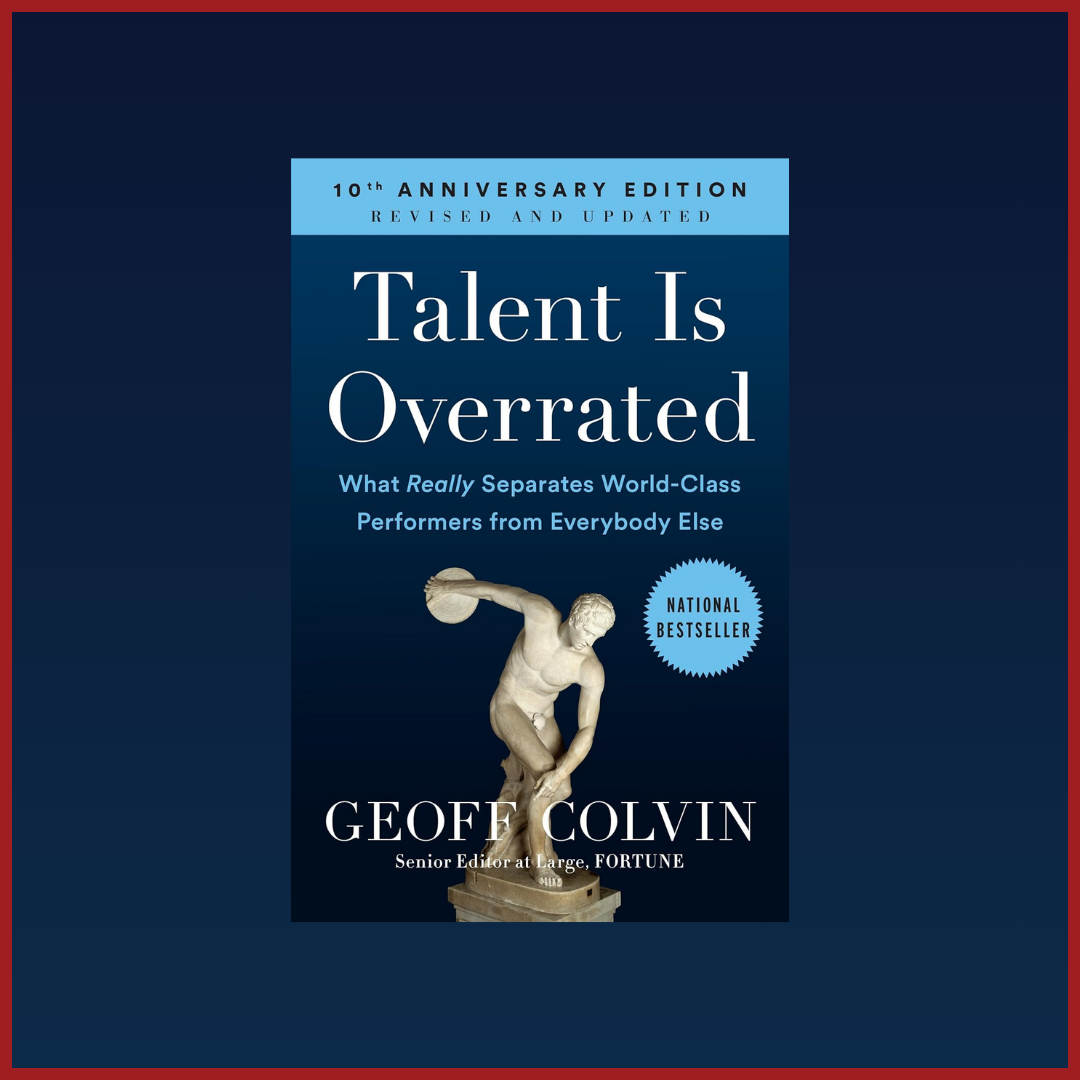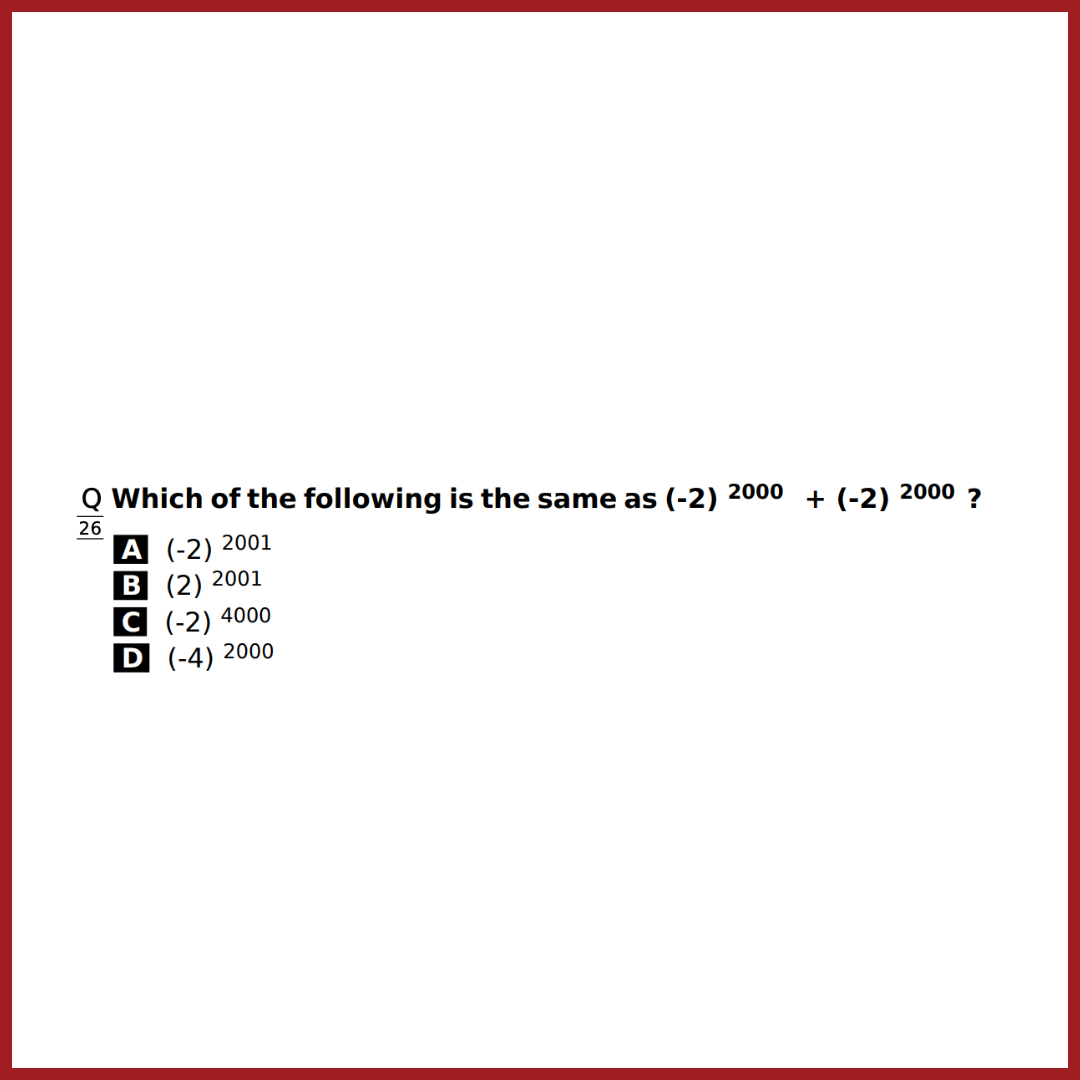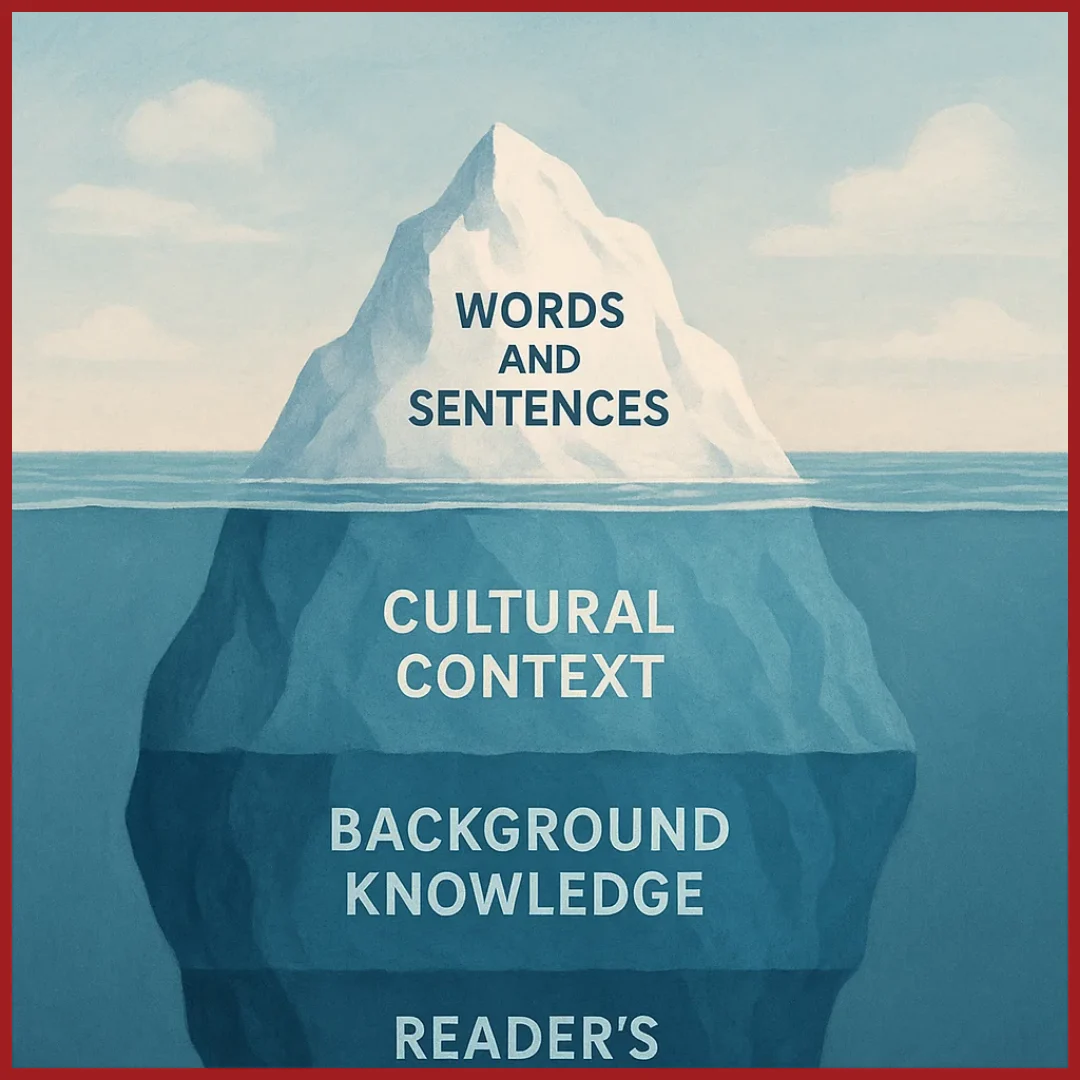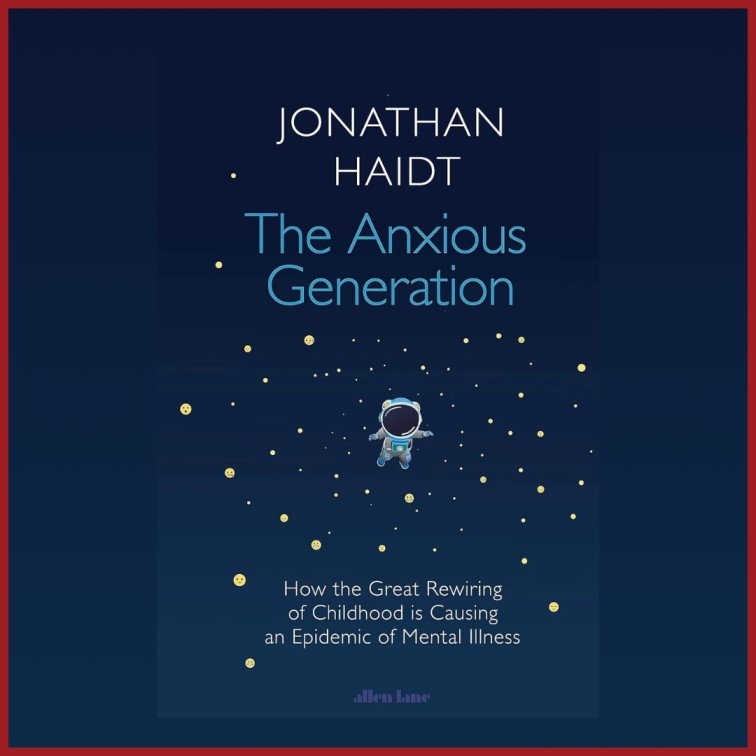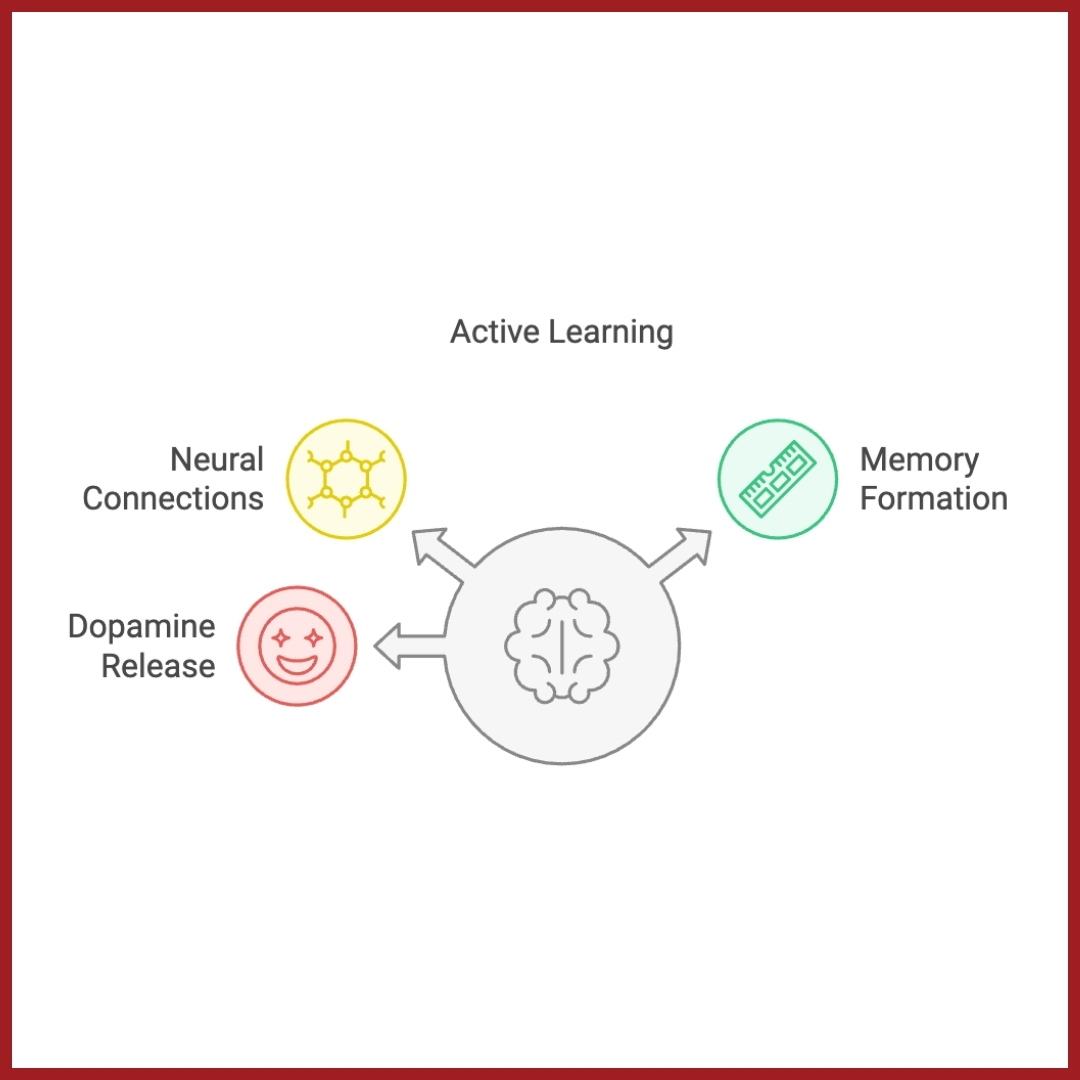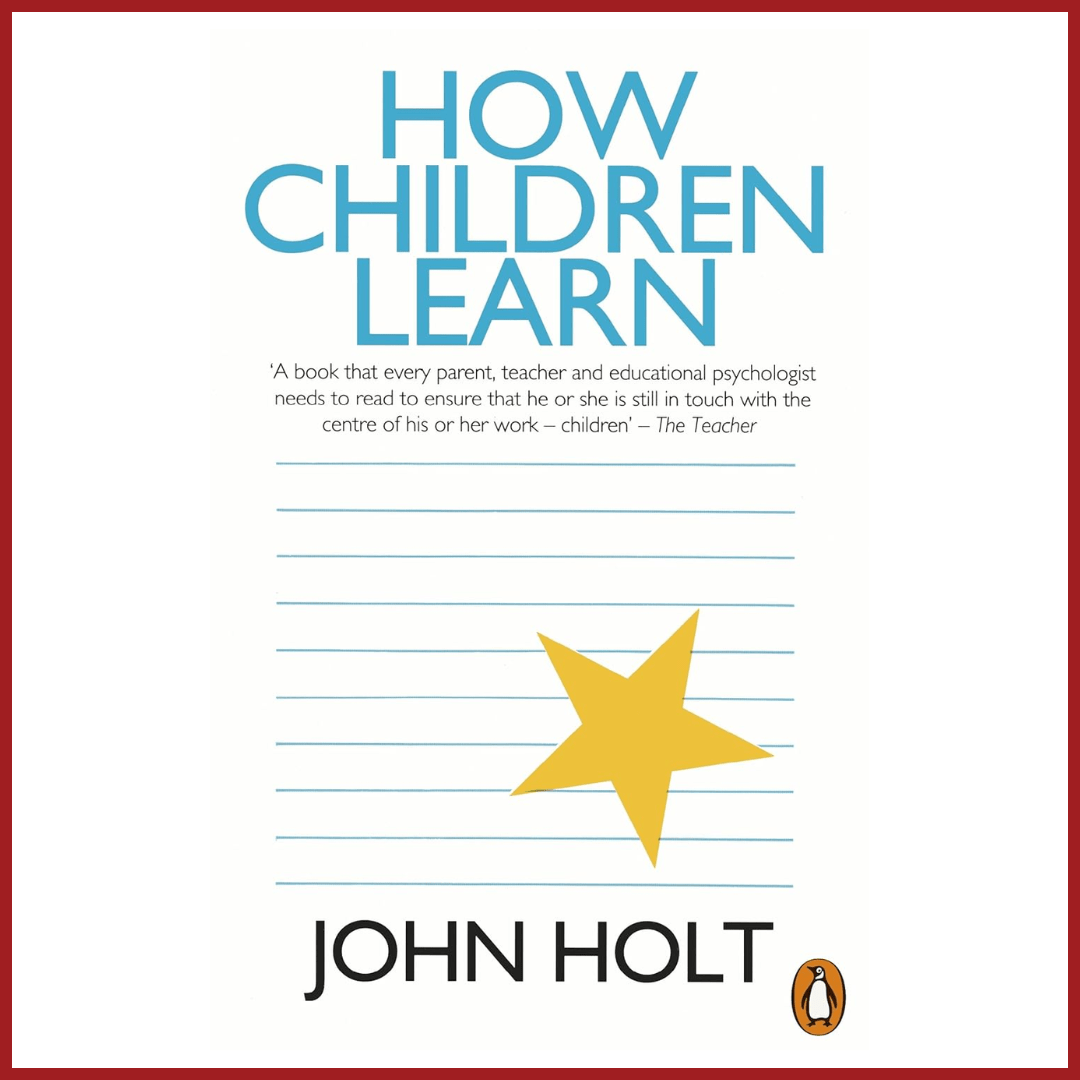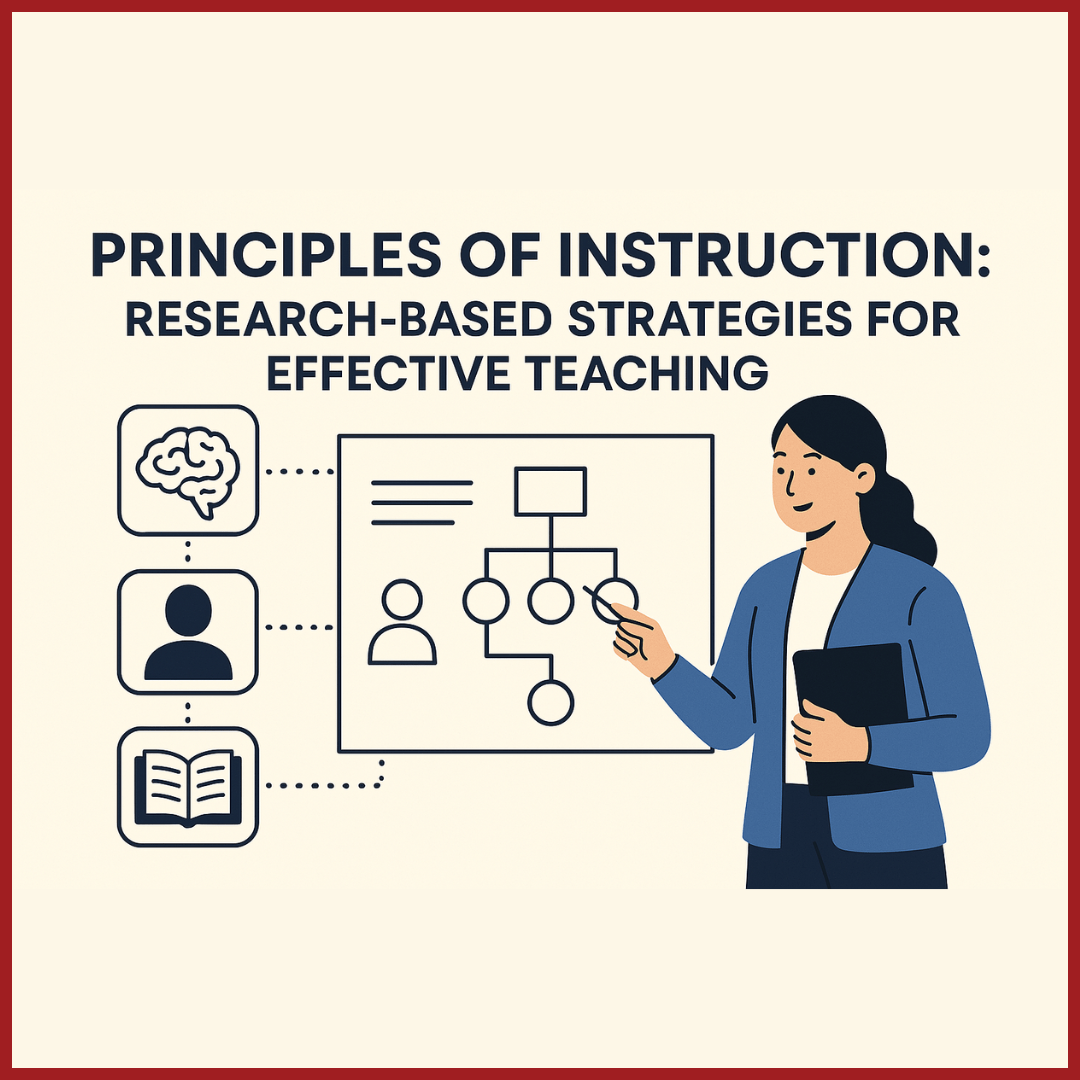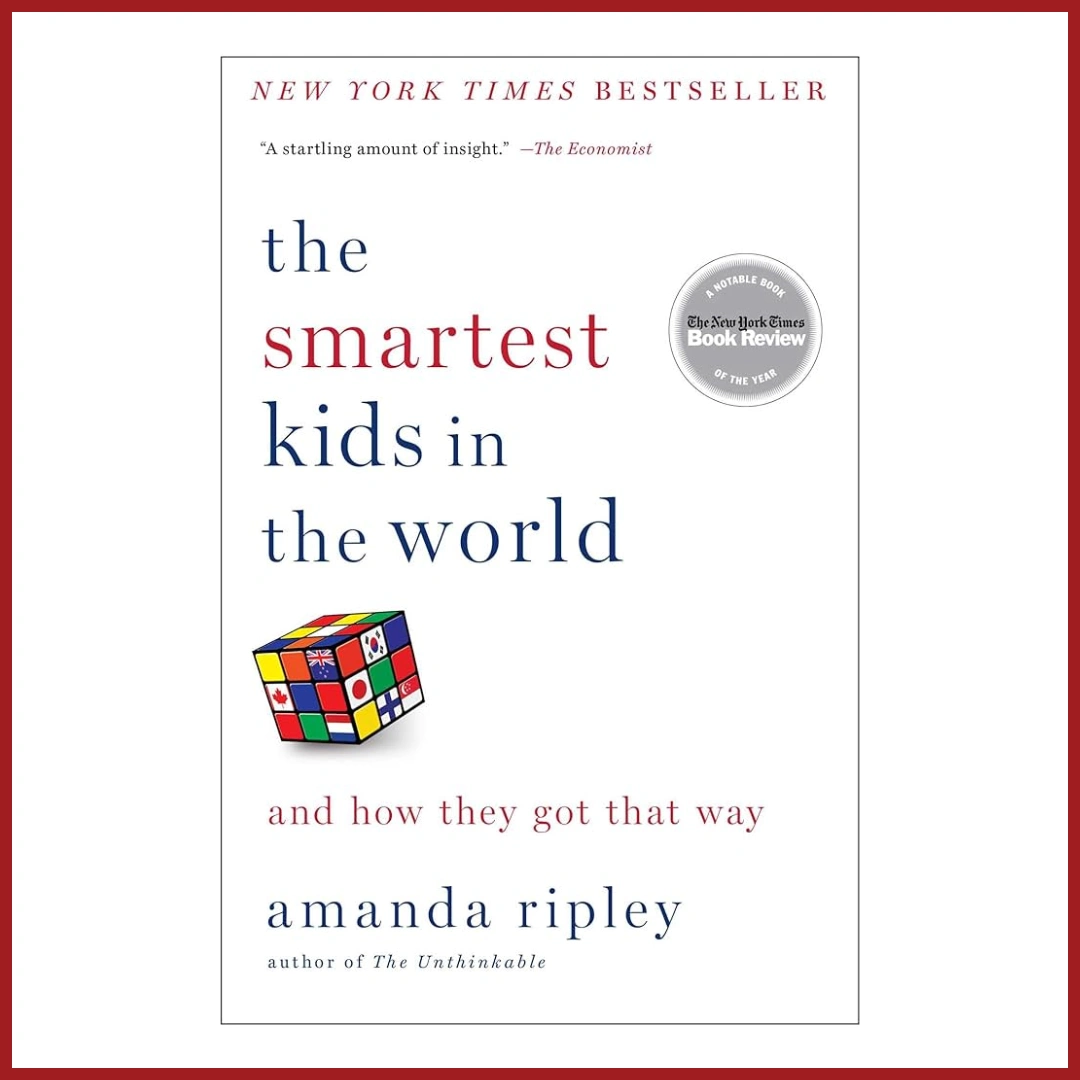Edition 02 | February 2025
From Learning Data to Classroom Instruction
Explore how data-driven insights can transform teaching by addressing misconceptions and fostering deeper understanding.
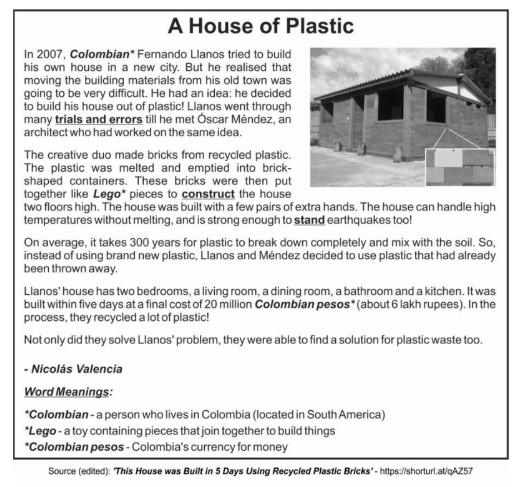
Ei ASSET- Class 5
Read the passage and answer the given question
Which of these uses ‘stand’ in the same way as the passage?
A. Please ‘stand’ up for the national anthem.
B. She recently bought a ‘stand’ to dry her clothes. C. We should have a clear ‘stand’ on protecting animals.
D. He could hardly ‘stand’ being separated from his parents.
B. She recently bought a ‘stand’ to dry her clothes. C. We should have a clear ‘stand’ on protecting animals.
D. He could hardly ‘stand’ being separated from his parents.
Correct answer: Option D
Common wrong answer: Option A and Option C
National Performance:

What is the Question Testing?
This question tests students’ ability to deduce the meaning of a polysemous word (i.e., a word with multiple meanings) in context.. Specifically, students need to understand that in the passage, the word ‘stand’ is used to mean withstand or bear, as the sentence refers to the house being strong enough to “stand” earthquakes. The goal is for students to connect the context in which “stand” is used in the passage to similar uses of the word.
What is the Most Common Wrong Answer and Possible Misconception?
Distractor Explanation (Option C and A):
- Option A:
- Error Type: Misinterpretation due to familiarity.
- Reasoning: Students selecting Option A likely focused on the most frequently used meaning of the word “stand,” which is to rise or be in an upright position. They may have ignored or overlooked the passage’s context, where “stand” refers to the house’s ability to endure an earthquake. This error stems from a failure to analyse the meaning within the specific context and instead relying on a surface-level understanding of the word.
- Option C:
- Error Type: Misinterpretation based on generalisation.
- Reasoning: Students who chose Option C (31% nationally) may have based their decision on the overall theme of the passage, which describes reusing plastic waste for a good cause. Option C uses “stand” in the sense of taking a clear position (e.g., taking a stand on protecting animals). This distractor might appeal to students who generalised the message of the passage (reusing waste to build houses) and associated it with “doing the right thing” or taking a stand for a cause. While this fits with the broader context of the passage’s theme (doing something meaningful), it does not match the specific meaning of “stand” as used in the passage (which means “withstand” or “bear”). These students may have overgeneralised the passage’s purpose and theme without focusing on the specific sentence where “stand” is used.
Consequences of Children Not Developing This Concept:
Impact on Understanding of Language Concepts: If students continue to struggle with understanding polysemous words like “stand,” they may find it difficult to comprehend more complex texts that require deducing meaning from context. This gap in understanding could limit their reading comprehension skills, when encountering words with multiple meanings.
Further Implications: Without developing this skill, students might frequently rely on the most familiar or general meaning of a word, which can lead to misunderstandings in exams and real-life situations. Their ability to process nuanced language and complex sentence structures could also be hindered.
Further Implications: Without developing this skill, students might frequently rely on the most familiar or general meaning of a word, which can lead to misunderstandings in exams and real-life situations. Their ability to process nuanced language and complex sentence structures could also be hindered.
How Should I Remediate This in My Class?
Contextual Learning of Polysemous Words: Conduct exercises where students practice identifying and explaining polysemous words in different contexts. For example, provide them with multiple sentences using the word “stand” and ask them to explain how the meaning changes depending on the context.
Teach Critical Thinking in Context: Encourage students to think critically about how words are used in passages. Have them underline key phrases that give clues about the meaning of polysemous words. This can help them understand that words don’t always carry their most familiar meanings in every context.
Teach Critical Thinking in Context: Encourage students to think critically about how words are used in passages. Have them underline key phrases that give clues about the meaning of polysemous words. This can help them understand that words don’t always carry their most familiar meanings in every context.
- Address Specific Errors (Option A and C):
- For Option A, clarify how students misinterpreted “stand” by defaulting to the most common meaning. Use targeted questioning to help them focus on the passage’s context.
- For Option C, explain how generalising the overall theme of the passage led them to select an incorrect answer. Focus on teaching students to carefully consider the sentence in which a polysemous word appears rather than relying on the broader message of the passage.
Enjoyed the read? Spread the word
Interested in being featured in our newsletter?
Check out the latest edition here.
Feature Articles
Join Our Newsletter
Your monthly dose of education insights and innovations delivered to your inbox!
powered by Advanced iFrame



